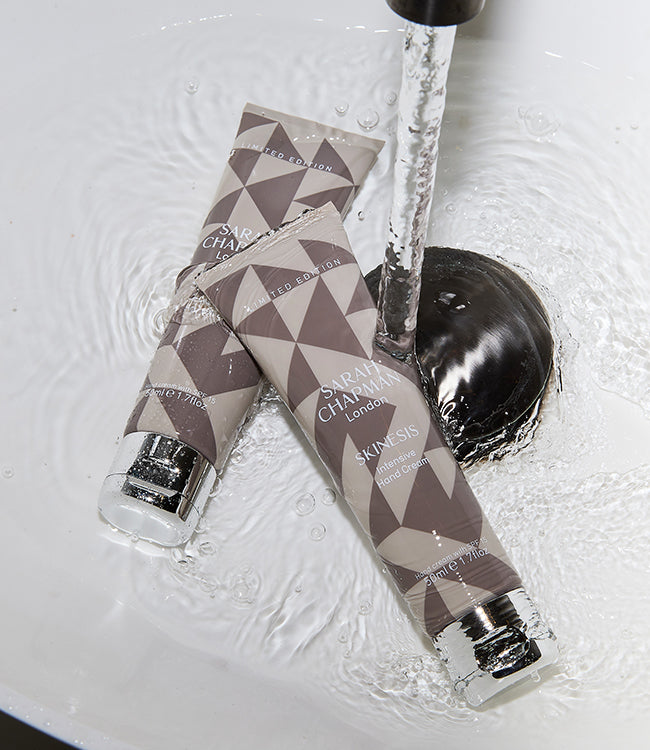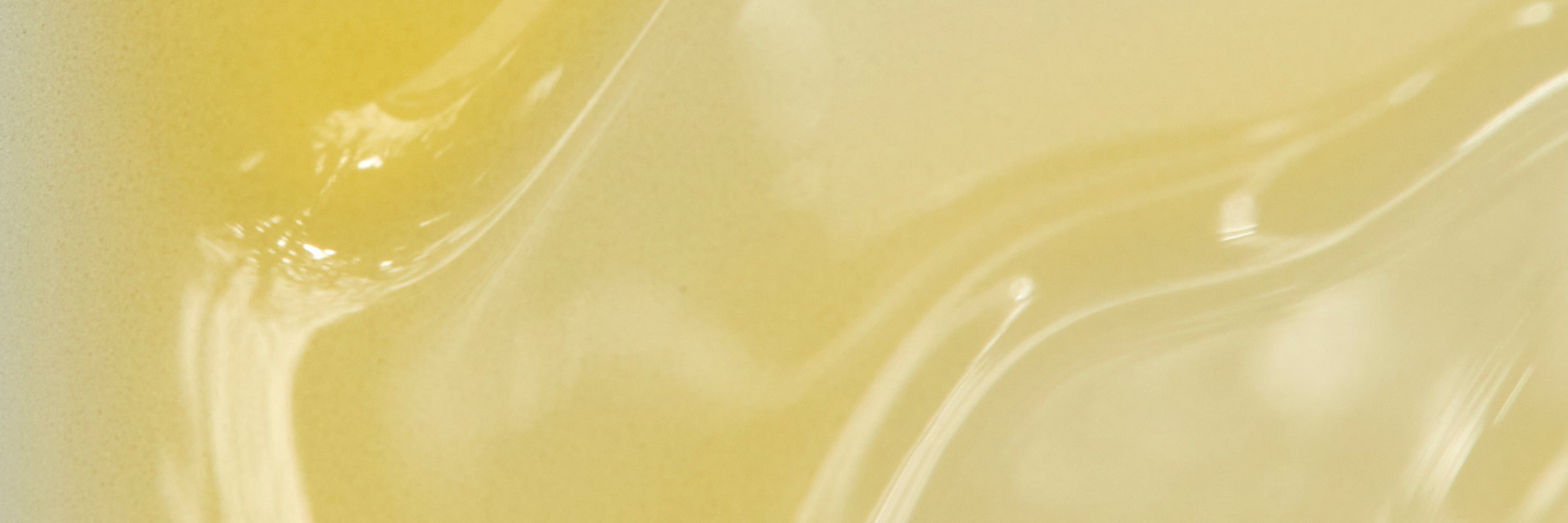The interaction of products with skin
We choose every ingredient in our products for a particular reason and part of that is the interaction of each ingredient - both within the product and with other products – with the intention of optimising your use of the product and the benefits for your skin.
The next level of protection is the stratum lucidum, found in the epidermis in thicker areas, below which is the stratum granulosum. Below, the stratum spinosum and finally, the stratum basale where new skin cells are produced.
It is vital to understand the structure of the skin before considering the interaction of any product. Our skin comprises the outer epidermis, the middle dermis, and at the lowest level, the hypodermis. The epidermis comprises several strata of which the most superficial, the stratum corneum, is the most crucial in protection of the skin as its first line of defence.
'The nature of the product's formula, its delivery system, its ingredients' stability and the size of its intrinsic molecules are key, along with is compatibility with the skin and how synergistic it is with the other products in your skincare routine'
How to get the most out of your products: A 7-step Guide
1. Absorption vs penetration
Not everything applied topically to the skin is taken in equally – if at all. Skin penetration and skin absorption are not synonymous, which is particularly important to note with regard to both benefit and risk in the use and interaction of products.
The composition of the formula is key to understanding how well an ingredient will penetrate the skin – if at all. The skin, is after all, a barrier organ designed to defend the body as a whole and not just itself.
If a product can be said to penetrate the skin it, more precisely, penetrates the stratum corneum. It does not reach the bloodstream and does not affect the body as a whole - in contrast to absorption, where the opposite is true and where the substance can enter the body from the skin (though does not necessarily do so).
(It should be noted that it is possible to discuss the ability of a product to be “well-absorbed” with reference to its feel once on the skin without intending to mean absorption in the strict physiological sense).
2. Know your ingredients – and your actives
The nature of the product’s formula, its delivery system, its ingredients’ stability and the size of its intrinsic molecules are key, along with its compatibility with the skin and how synergistic it is with the other products in your skincare routine.
Many formulas are not soluble in skin and consist of molecules too large to make their way through the stratum corneum, in which case the formulas require additional ingredients to enhance the uptake by the skin. This is often the case with ingredients such as vitamin C, for instance.
The polarity and charge of a molecule will also explain how great their affinity with the skin is likely to be and how effectively they can be anticipated to penetrate, regardless of solubility: an uncharged, or non-polar, molecule will pass through intercellular space more easily than a polar, or charged, one.
Molecular weight is also paramount. It is now known that the molecular weight (MW) of a compound must be under 500 Dalton to allow dermal penetration, as set out by Professor Jan D. Bos and Dr Marcus Meinardi in their paper in 2000 (see references): larger molecules than this cannot pass the corneal layer. The evidence put forth by Prof. Bos and Dr Meinardi is that i) virtually all common contact allergens are under 500 Dalton, larger molecules are not known as contact sensitizers - they cannot penetrate and thus cannot act as allergens in man; ii) the most commonly used pharmacological agents applied in topical dermatotherapy are all under 500 Dalton; iii) all known topical drugs used in transdermal drug-delivery systems are under 500 Dalton.
3. Massage
Massage helps penetration of products, particularly those with smaller molecules or oil-based products. It does so by increasing the rate of activity between the molecules within the product and in so doing increases the interaction, application and effect.
4. Apply in the best order - and take your time
Wait between the application of each product. Ideally, wait until each product is no longer palpable on the skin’s surface but this will depend on the properties of each individual formulation. Starting with a low-weight molecular formula first where possible, and working towards a higher one will be more comfortable.
5. Heat
The warning to avoid certain products and procedures after a hot shower or bath exists for good reason. Heat has the effect of increasing molecular interaction: which can increase sensitivity or exacerbate an already sensitised skin. However, this has the potential to be used to advantage if done so judiciously: nourishing formulas such as oils and serums can be applied after a shower or bath to maximise their effect.
6. Condition your skin
Thinner, more fragile skin – whether due to the area, such as the orbital bone, or whether a temporary status as a reaction to fatigue or extreme weather, for instance - is more vulnerable and susceptible to effect, as is dehydrated, dry or sensitised skin. Naturally, introducing an additional variable such as massage could heighten the interaction even further.
7. Make the most of the night
Products applied in the evening, before sleeping, can be better absorbed. Cellular turnover is increased while you sleep, particularly between the hours of 11pm and 4am: skin is more active and also has greater permeable potential as it is warmer (the body’s basal body temperature is also increased at night, meaning that the skin is more receptive to products).
References and sources
The 500 Dalton rule for the skin penetration of chemical compounds and drugs. Exp Dermatol. 2000 Jun;9(3):165-9. Bos JD, Meinardi MM.
Interaction of vitamins C and E as better cosmeceuticals.
Dermatol Ther. 2007 Sep-Oct;20(5):314-21.
Burke KE.
Can poor sleep affect skin integrity?
Med Hypotheses. 2010 Dec;75(6):535-7. doi: 10.1016/j.mehy.2010.07.018. (Epub 2010 Aug 1.)
Kahan V1, Andersen ML, Tomimori J, Tufik S.



